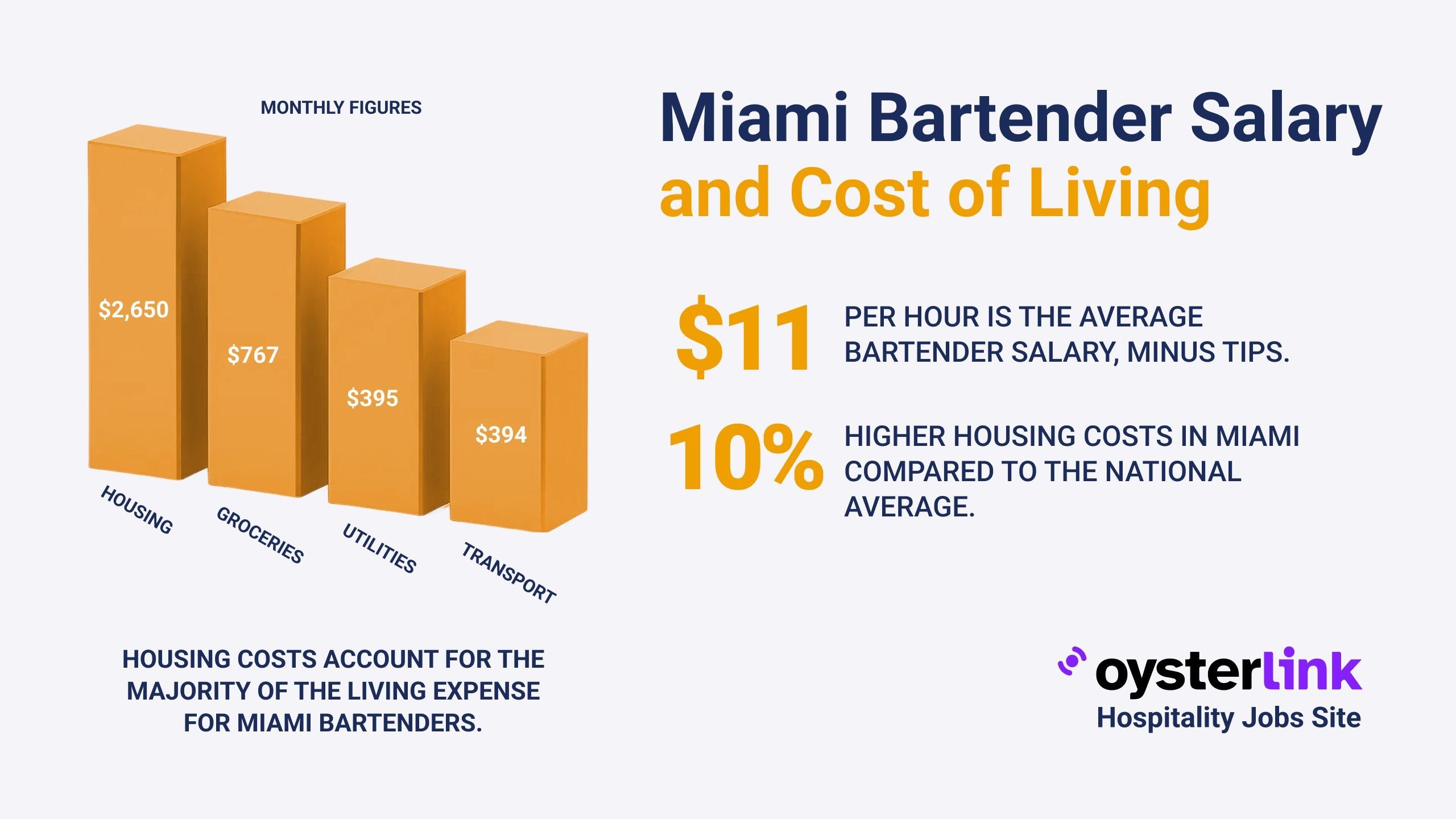Hawaii Cost of Living: Quick Takeaways
- Housing Costs: Rent for a one-bedroom apartment in Hawaii reached approximately $2,300 in 2025, with median home prices around $850,000.
- Transportation Expenses: Public transit fares average $2.75 per ride; fuel costs remain high at $5.55 per gallon.
- Utilities and Groceries: Monthly utilities cost roughly $275, while grocery expenses per person run around $400 monthly.
- Income Levels: Median household income is estimated at $87,000 in 2025, amid a cost of living notably below the national average overall.
Hawaii's unique island lifestyle combines stunning natural beauty with distinct living costs.
This article offers a detailed breakdown of 2025 cost of living factors in Hawaii including housing, transportation, utilities, and more.
1. Housing Costs in Hawaii
Housing is a major factor in Hawaii's cost of living. Below is a historical look at rent prices for a one-bedroom apartment:
- 2010: Approximately $1,500
- 2015: Around $1,800
- 2020: Approximately $2,100
- 2024: Reached around $2,233.53
- 2025: Projected to be $2,300
These rent figures reflect a consistent upward trend influenced by limited housing supply and high demand in Hawaii.
2. Homeownership and Real Estate Trends in Hawaii
Homeownership in Hawaii involves a significant financial commitment. Median home prices have evolved as follows:
- 2010: Median home price about $500,000
- 2015: Increased to roughly $600,000
- 2020: Around $700,000
- 2024: Rose to approximately $840,570
- 2025: Estimated at $850,000
This growth illustrates the highly competitive real estate market in Hawaii, making homeownership considerably more expensive than average.
3. Transportation Expenses in Hawaii
Hawaii's transportation costs are shaped by public transit fares and vehicle-related expenses:
- Public Transit One-Way Fare: $2.75
- Public Transit Monthly Pass: $70.00
- Fuel Cost per Gallon: $5.55
- Annual Vehicle Maintenance: Approximately $1,500
These costs highlight the expense of getting around, both by public and private transportation, in Hawaii's island environment.
4. Utility Costs in Hawaii
Utilities in Hawaii tend to be higher compared to the mainland U.S. Monthly bills typically include:
- Electricity: $200.00
- Internet: $75.00
- Total Monthly Utilities: Around $275.00
These figures impact household budgets and are influenced by Hawaii's geographic and infrastructural factors.
5. Grocery and Food Expenses in Hawaii
Food costs in Hawaii can be steep, with monthly grocery expenses per person estimated at about $400.
Dining out options vary widely:
- Casual Meal: Around $20
- Mid-Range Restaurant Meal: Approximately $60
These costs reflect Hawaii's reliance on imported goods and the overall premium on dining.
6. Healthcare Costs in Hawaii
Healthcare expenses in Hawaii consist of insurance premiums and out-of-pocket costs:
- Employer-Sponsored Health Insurance (Monthly): About $150
- Silver Plan Monthly Premium: Around $650
These health care prices are an essential part of budgeting for residents.
7. Educational Expenses in Hawaii
Education costs vary by type:
- Public Schools: No direct tuition cost for residents.
- Private School Average Tuition: Estimated at $31,500 annually.
- In-State University Tuition: Approximately $11,000 per year.
These figures represent typical education expenses in Hawaii.
8. Entertainment and Leisure in Hawaii
Leisure and entertainment contribute significantly to lifestyle costs:
- Movie Ticket: $15
- Gym Membership Monthly: About $50
- Mid-Range Restaurant Meal: $60
- Annual Entertainment Expenses: Estimated at $3,000
These expenses play a role in overall quality of life.
9. Taxes and Miscellaneous Fees in Hawaii
Taxes and fees that affect living costs include:
- State Income Tax Rate Range: 1.4% to 11%
- Sales Tax (General Excise Tax): Approximately 4.5%
- Property Tax Rate: Around 0.28%
These taxes significantly impact disposable income levels in Hawaii.
10. Childcare and Family Expenses in Hawaii
Families in Hawaii face substantial childcare costs:
- Daycare Monthly Cost: Approximately $1,375
- After-School Program Monthly Cost: Around $500
- Extracurricular Activities Monthly Cost: Estimated at $200
These expenses are an important consideration for budgeting parents.
11. Clothing and Personal Care in Hawaii
Personal expenses include:
- Monthly Clothing Expenses: About $150
- Personal Care Monthly Costs: Estimated at $75
These costs vary with lifestyle but reflect typical spending patterns in Hawaii.
12. Insurance Costs in Hawaii
Insurance contributes notably to living expenses:
- Health Insurance Monthly Premium: $650
- Auto Insurance Annual Premium: About $1,800
- Homeowners Insurance Annual Premium: Around $1,200
- Renters Insurance Annual Premium: Approximately $300
These figures highlight the need for proper financial planning.
13. Miscellaneous Expenses in Hawaii
Other significant expenses include:
- Annual Entertainment: About $3,000
- Personal Care Services Annually: Around $900
- Miscellaneous Goods and Services Annually: Estimated $1,000
These additional costs contribute to overall lifestyle expenses.
14. Income and Salaries in Hawaii
Median household income in Hawaii has increased steadily:
- 2010: Approximately $64,000
- 2015: Around $72,000
- 2020: About $83,000
- 2023: Estimated $85,000
- 2025: Projected at $87,000
These income figures provide context amid Hawaii's high living costs.
15. Comparison with National Averages
Hawaii's cost of living compared to the national average (100%) shows:
- Overall Cost of Living: 93.3% of national average
- Housing: Nearly double the national average at 215%
- Utilities: 64.2%
- Food: 50.7%
- Healthcare: 15.3%
- Transportation: 33.7%
- Goods and Services: 26.7%
This data highlights Hawaii’s premium housing costs despite relatively moderate overall expenses.
Our Methodology for Hawaii Cost of Living Figures
Our comprehensive cost of living data is collected from trusted sources including government databases, real estate listings, health care providers, and transportation agencies. Estimates are used where specific data points are unavailable to ensure a complete portrayal of living expenses.
Hawaii Cost of Living: Conclusion
Hawaii’s unique geographic and economic factors shape a cost of living profile marked by very high housing expenses but moderate costs in other categories, such as utilities and food.
With a median income rising alongside living costs, budgeting carefully is vital for residents and newcomers alike.
Understanding the full scope of these costs will help individuals make informed decisions about living in this island paradise.

.png)

.png)
.jpg)